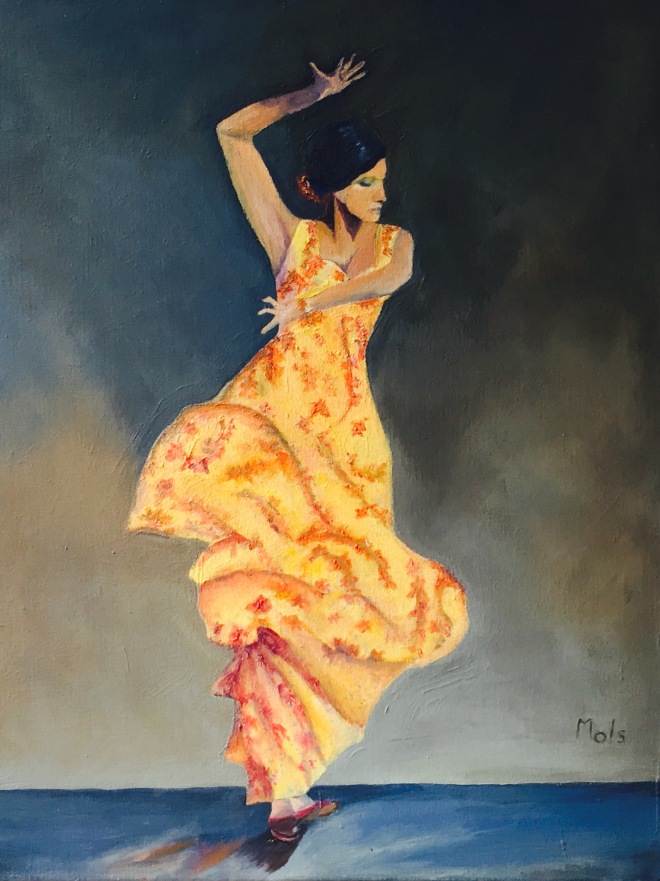Once upon a time – what an old start to a story but it serves its purpose when the muse won’t come up with an apt alternative.
There is me, Mols, standing in a queue in Pick ‘n Pay in Northcliff in Johannesburg commonly called Jozie, waiting to draw my government pension from the till. Behind me is a diminutive blond of indeterminate age who immediately started chatting in a cutting edge Joburg accent. At times it was hard to understand her.
Now I also talk to strange people wherever I find them so I was interested in her. She had her own particular fashion style and I gathered that she was trying to tell me of a place where pensioners could get free coffee and muffins. I tried to find out where it was but her directions were so obscure that I had almost given up when she told me she lived nearby and would meet me at the gate of the retirement village in which I lived and take me.
That Wednesday she was waiting and climbed into my car talking nineteen to the dozen. Within five minutes we were at a casino nearby! This was where she meant and I had been thinking of some community effort to feed local oldies!
The casino was a small outfit with friendly staff, good coffee and a free R100 voucher on Wednesdays for pensioners to enjoy playing on the machines no doubt hoping they would spend some of their own money.
Dana introduced me to the art of pushing the right buttons on a machine called The Black Widow and money came tumbling out! My free R100 voucher earned me R120! Although casinos were not my cup of tea I enjoyed the company and the coffee.
Another inmate of my village uses my services for lifts to and fro Cresta Mall our nearby shopping centre and I told Ingrid about this. Wow! This hit the jackpot! Ingrid loves gambling! So every week I took her along and things went well until the casino moved into Cresta Mall losing its intimacy and reducing the pensioner voucher by 50%.
In no time Ingrid had met Dana as they were both addicts and this trio of friends were cemented. The more I got to know Dana the more I loved this bundle of energy. She is not more than three foot six and walks everywhere on her spindly legs, selling biscuits and home made pies. She knows everything about her neighbourhood and has traveled the world selling leather jackets at trade fairs from Jakarta to Singapore!
It is time to change our SASSA cards, the cards the government pension agency gives us to draw our pension. They have come up with a different format. The Post office is on strike and we have to wait but on Thursday this week the strike was over and Dana ferreted out the nearest Post Office allowed to issue the new cards. Accordingly I picked them both up and we proceeded to an empty Post Office with a delightful helper called Brava who sorted out this trio with Dana having to stand tip toe to have her thumb scanned!
Overjoyed with the success of finding no queue and the new cards in our purses we three decided to go to a café called Scrooge in Greenside. Here we were greeted by Evidence a stunningly beautiful waitress with the deepest dimples you can imagine. Dana and Ingrid opted for coffee while I had a glass of wine.
Next door were four guys quaffing beer and chatting up a storm. One took a shoe off and rested his foot on a spare chair sporting a yellow sock. Dana had to compete; she whipped up her trousers to reveal psychedelic socks and waggled her foot at the man. They burst into laughter.
By now Evidence was intrigued by these three Gogo’s (Granny in Zulu) and sat down to talk to us. Dana boasted of her boyfriend some 20 years her junior and how they danced together. Then she told how recently she had fallen down a man hole and hurt her back and ribs. She stays alone and had nobody to rub Voltaren gel into her back so she enlisted boyfriend Jan to accompany her to the local small PEP store.
These stores are budget orientated and sell clothing and shoes. The two repaired to a cubicle and Jan anointed Dana’s back with Voltaren behind the curtain to loud oohs! and ahhs! from her. Shoppers were standing gob smacked with imagination at what could be going on in the cubicle! Well by this time the whole restaurant was fascinated and packed up laughing.
Then I admitted to having a boyfriend thirteen years younger than me and Evidence threw up her hands. “I am forty three and have no one!” Sure enough Dana began to plot to introduce her to a few good looking guys she knew!
Then we were begged to come and have lunch one day and that is scheduled for next Thursday when I will take some photos of Evidence and paint her portrait for she is truly a beauty!
The moral of the story is that you can’t let three giggling gogos loose in a big city like Joburg!

